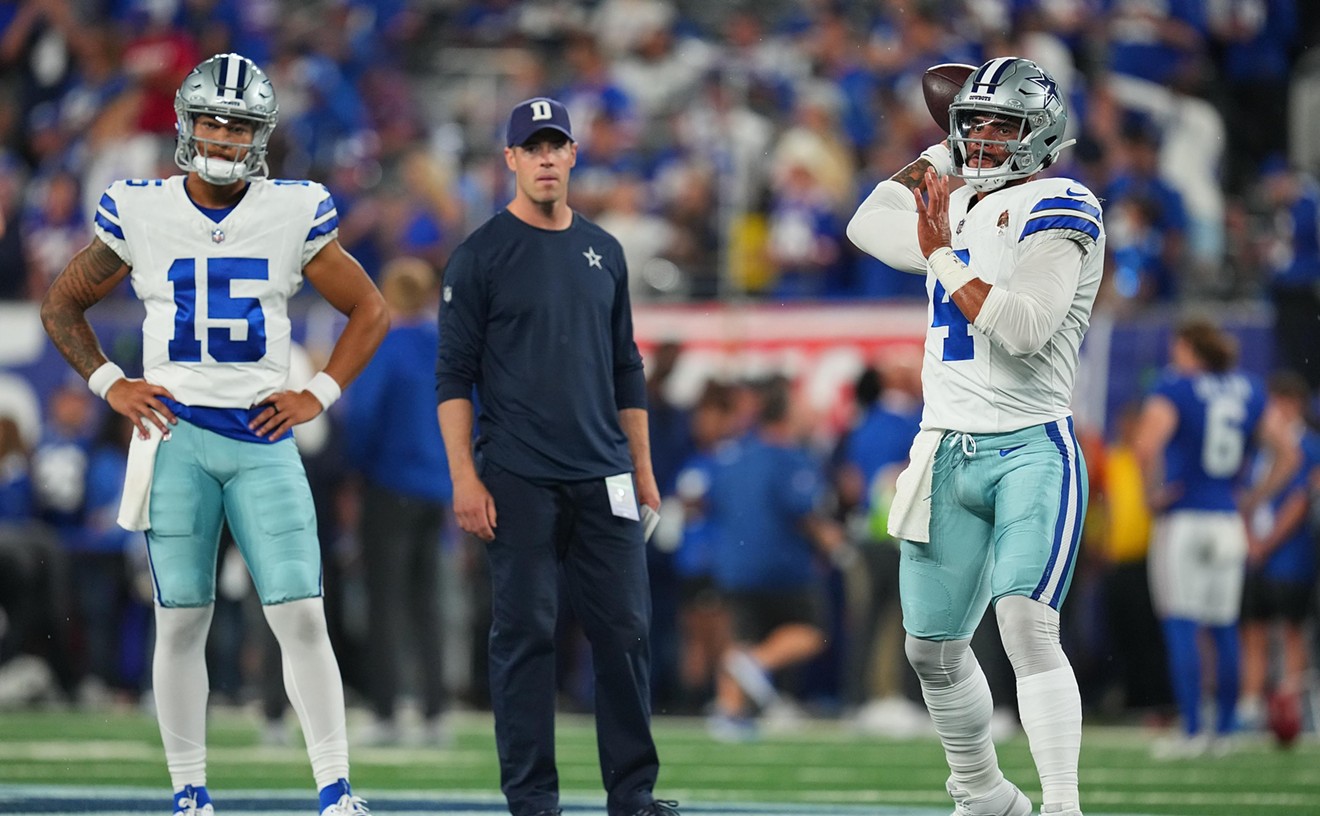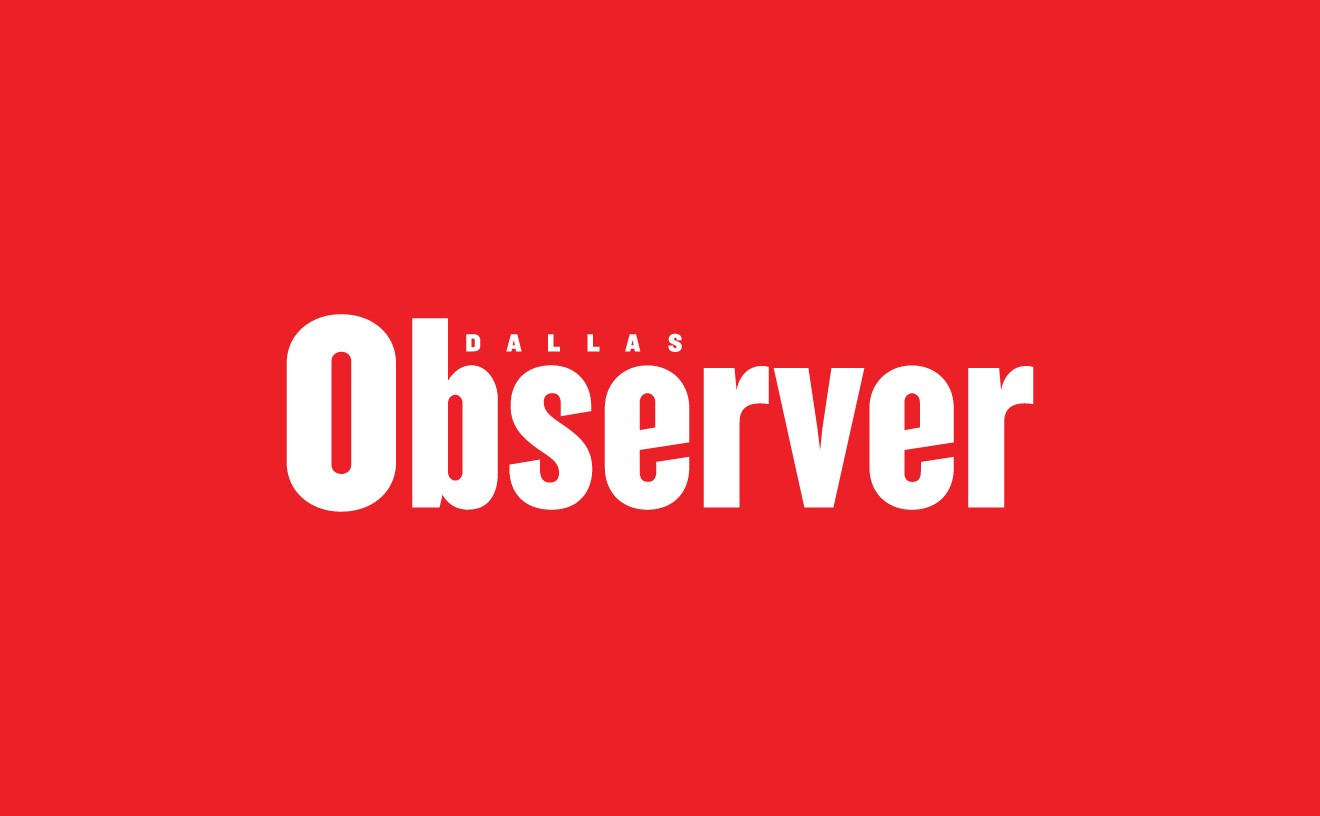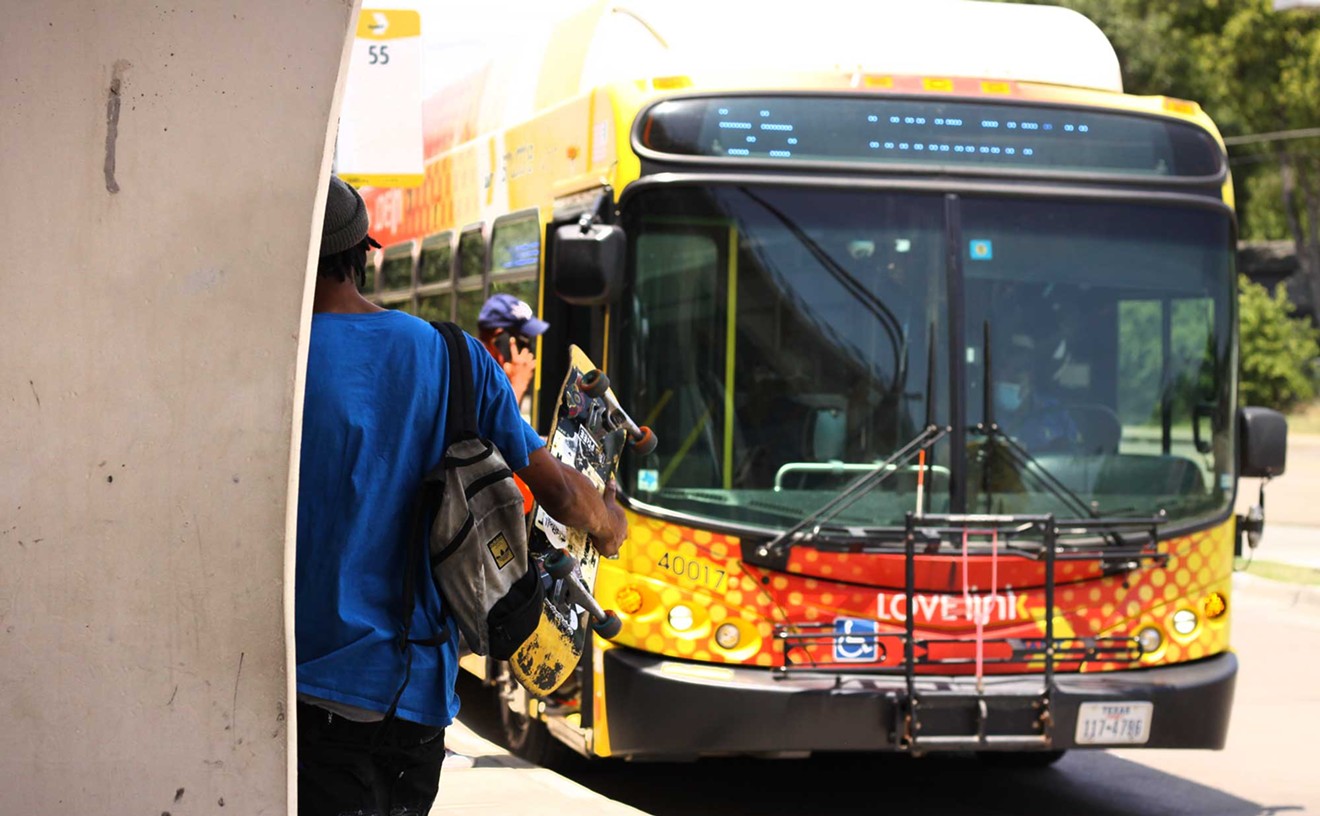But Sanders, an Oak Cliff resident and the founder of the organization FEED Oak Cliff, said she didn’t hear any solutions at the meeting. Instead, she heard what she’s been hearing for years: justification for not fixing the city’s food deserts.
“We’re on this merry-go-round, and we’re just going in circles,” Sanders said. “It’s constant motion but no forward progress, just 'round in circles.”
Food deserts are places where people don’t have access to healthy food options within a 5-mile radius of their homes. Grocers often say high crime statistics, low income and a lack of other stores keep them out of such areas.
The city has taken different approaches to try to bring healthy food options to Dallas’ underserved communities. They subsidized a grocery store in southern Dallas, but that store closed. They’ve also been discussing the possibility of regulating discount stores, which some believe help keep grocery stores and supermarkets out of food deserts.
At the committee meeting this week, City Council members heard from Gary Huddleston, the Texas Retailers Association's grocery store consultant, who offered a few reasons as to why grocers are reluctant to move into certain parts of Dallas.
He first explained the history of the grocery store to supermarket evolution in the U.S.
Grocery stores became prevalent in the 1850s. They were mostly in downtown areas and sold dry goods. Around the same time, there were separate butcher shops and produce stores. In the 1920s, chain stores like Kroger and others started expanding. By the ’30s, grocers, butcher shops and produce stores began operating under the same roof as supermarkets. In the ’50s and ’60s, these supermarkets began moving into the suburbs.
“These were really the golden years of supermarket growth,” Huddleston said. The ’70s saw the rise of discount and warehouse stores.“The bottom line is there’s got to be some thought that at some point the store is going to be profitable. We want to serve the community, but it’s still got to make a profit.” - Gary Huddleston, Texas Retailers Association consultant
tweet this
That same decade, scanners were also introduced, which “revolutionized the grocery industry,” he said.
The next 20 years would see a lot of mergers and acquisitions in the industry. Two grocery store formats emerged from there: the full service supermarket and the discount, no frills store. In the 2000s, most stores were still in the suburbs, but some began moving into urban areas.
It’s a difficult market to navigate, he said, and many companies throughout the years have faded away because they can’t manage it.
“The market is extremely, extremely competitive, with many of the stores that I noted no longer in the market, or in some cases, out of business totally,” he said. “The supermarket business is very difficult. The profit margin is between 1% and 2% of sales.”
All major grocery retailers run what they call a sales model to determine how profitable a future store might be, Huddleston explained. Once a site is selected, they run the model to predict sales volume, customer count and profit over a specific period of time. “Thus, the model might show a loss in the first two years and profit in year three,” he said.
Costs vary depending on the type of store. Huddleston told the committee what it might cost to open up a 60,000-square-foot supermarket in the city.
Based on construction costs, expenses for equipment and inventory, the cost of paying employees and all the fees grocers are required to pay, Huddleston estimates that opening a 60,000-square-foot store could require a $16-$17 million investment.
But he said there may be other models for providing groceries to food deserts the city can consider.
Online shopping and delivery has exploded throughout the pandemic “and it’s been an increased business for our supermarkets,” he said. “But it’s also given supermarket companies a pause to think ‘Where is this business going? Do we need more brick and mortar stores or do we need more fulfillment centers to fulfill orders?’” He pointed out that Amazon has several of these fulfillment centers in North Texas.
Huddleston was basically telling the committee that Dallas needs to understand the market, how hard it is to open a sustainable grocery store, particularly in a food desert, and that other models may be more viable.
City Council member Gay Willis told Huddleston, “This is a business. It’s low margin. It’s highly competitive. I get that. But, I want to flip this for you and just say that the market must understand the city."
“The bottom line is there’s got to be some thought that at some point the store is going to be profitable,” Huddleston said. “We want to serve the community, but it’s still got to make a profit.”
Willis said she thinks they could get to profitability if they fine-tune the business model.
But Huddleston said, “You’ve seen supermarket companies come in with a different type of model in a lower-income, underserved area. The tough part is then the customer compares that store with something over here and it’s not the same. And the supermarket company then gets a lot of negative feedback.”
He said he thinks people are becoming more accepting of different grocery store models, but it’s still not an easy sell. Huddleston offered a potential solution: Make opening a store cheaper by waving some of the required fees.
Sanders ended the meeting, not hopeful about what she heard, but hoping the committee would hear from someone else. “I thought [Huddleston] represented his constituents well in attempting to reduce some of the fees the corporate grocers are subjected to,” she said. “I don’t really think that was the point of the meeting, but that’s what happened.”
She disagrees that communities often reject different models simply because they’re different. The specific model of delivery or the specific size of the stores aren’t the concern. It’s the quality of the food, which, she says, is often subpar when it’s brought to underserved communities.
“You want us to be grateful for receiving less than [others]. You want us to be grateful for that. … Can we have the same quality? It doesn’t even have to be the same size store if that’s your concern. But why do we have to deal with wilted lettuce [and] ultra processed foods that are harmful to our health? We’re supposed to be grateful for this? I think not.”
Still, she’s ready to create her own solution, like she did a few years ago when she started her organization FEED Oak Cliff to bring fresh produce to underserved communities. “My organization now is looking at the feasibility of building our own grocery store because it’s come to that,” Sanders said. “You can only be frustrated so long, and we’ve reached that point.”
Grocers will also often say they won’t open in food deserts because residents shop outside their communities. It’s a point Huddleston brought up as well. This is circular reasoning, Sanders said. They shop outside of their communities because there aren’t any options inside their communities.
On top of that, she said, the grocers don’t take into account that residents in some of Dallas’ food deserts may have more expendable income.
“In some areas, there are families, or residents, who have wealth beyond average median income, maybe on a fixed income, but the houses are paid for,” she said. “You don’t have a mortgage. You don’t have children to sustain and all the expenses that that brings. So, there’s a lot more disposable income that the grocery corporations really don’t take into account.”
City Council member Casey Thomas pointed this out at the committee meeting as well. Huddleston admitted this may be true, but he said they focus more on families in the area.
“Well, there are all kinds of definitions of family. Families don’t necessarily include children,” Sanders said. “We have a significant demographic of gay couples over here and they may not have children, but they have a great deal of disposable income. The same with retirees who may or may not have children or grandchildren who visit from time to time. But even so, we all have to eat. Poor people eat, and they spend money on food.”
She said the thinking seems to be that before food can be brought to Dallas’ underserved communities, there needs to be more economic development, and dwindling crime stats. In the meantime, they’re left to fend for themselves.












